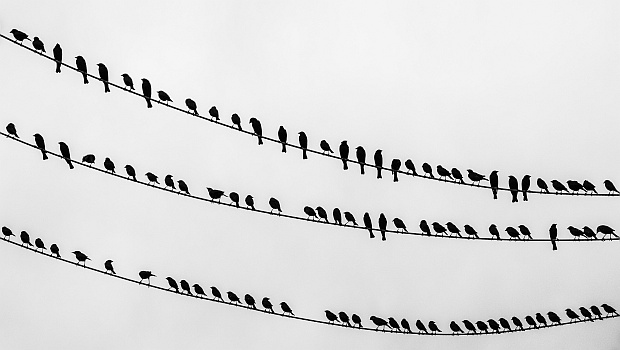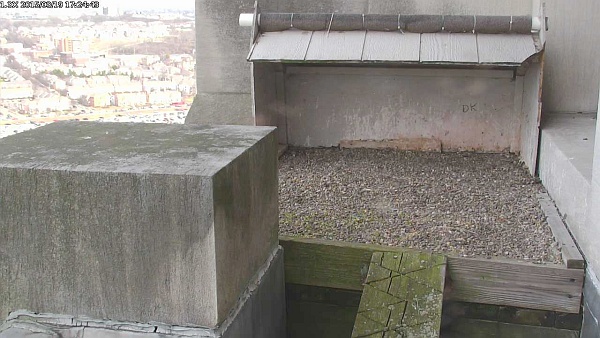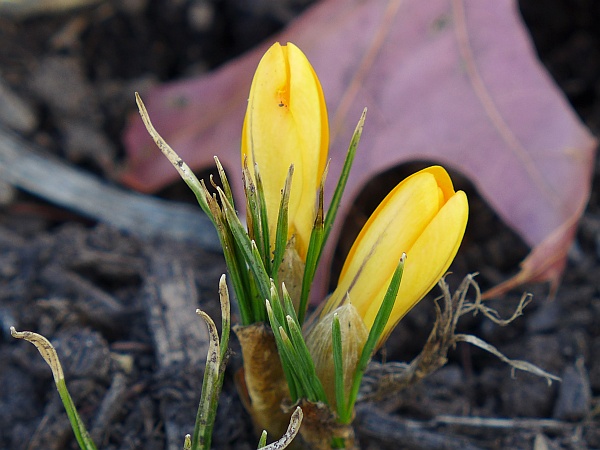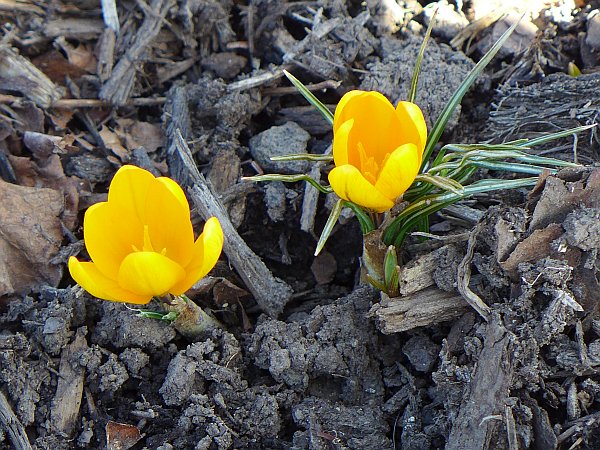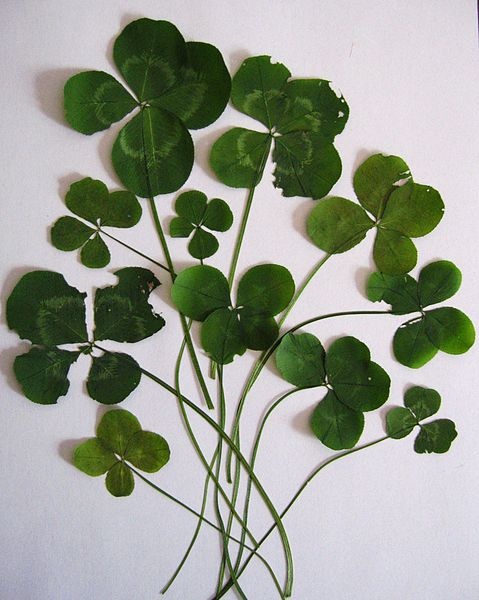You know Spring has sprung when the swallows return. Tree swallows arrive first (seen in Allegheny County already!) but soon the bravest purple martins return from Brazil. Though they rely on flying insects for food, adult males are so anxious to begin breeding that they fly home as soon as they can.
Purple martins (Progne subis) are cavity nesters with a long term relationship to humans. Native Americans first provided nesting gourds and European immigrants followed suit so that now, for more than 100 years, all the purple martins in eastern North America nest in human provided housing.
Last Thursday at Wissahickon Nature Club Bob Allnock, a purple martin landlord from Butler County, taught us about the housing and habits of these amazing birds. We learned that the same purple martins return year after year to their successful nest sites. The earliest males get the best condos so they hurry to get home. The landlords call them “scouts.”
Scouts are always adult males who’ve bred before and know exactly where they’re going. Adult females return later and then, weeks later, the subadult males and females arrive. They’re in their first year of breeding and haven’t found a home yet. If you’re trying to establish a new purple martin colony, these are the birds you wait for.
Right now purple martin landlords in western Pennsylvania are anxiously awaiting their first scouts. As soon as one arrives the landlord updates the Purple Martin Conservation Association (PCMA) website with the date and location. They also update when they see the first subadults so that landlords of unoccupied colonies can be on the lookout to attract these new birds.
How far north has Spring advanced? Where are they scouts right now? Click here on the PCMA website for the Scout Report.
(photos from Wikimedia Commons. Click on the images to see the originals)
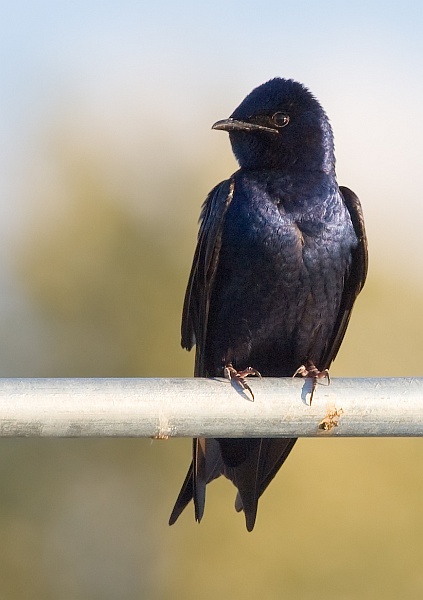
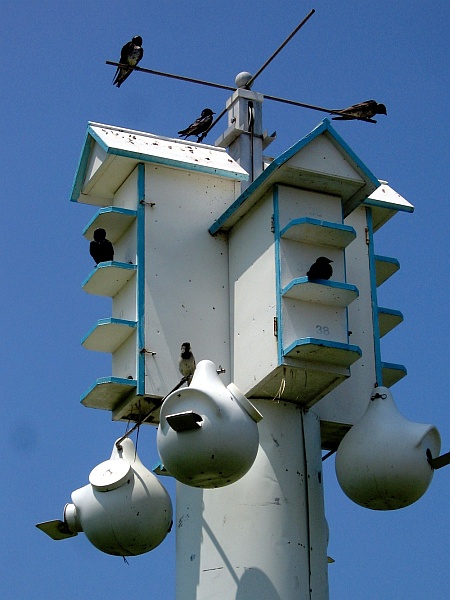

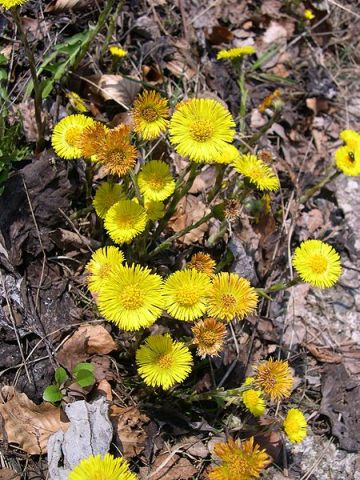 Just a reminder that I’m leading a bird and nature walk on Sunday March 29, 8:30am in
Just a reminder that I’m leading a bird and nature walk on Sunday March 29, 8:30am in 